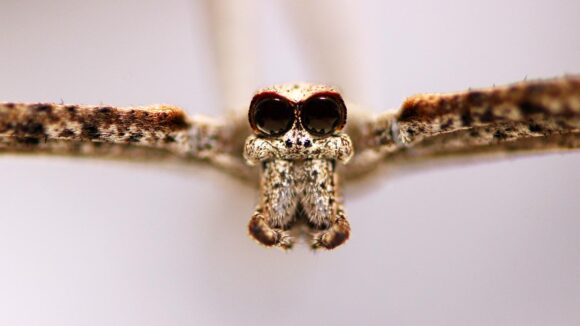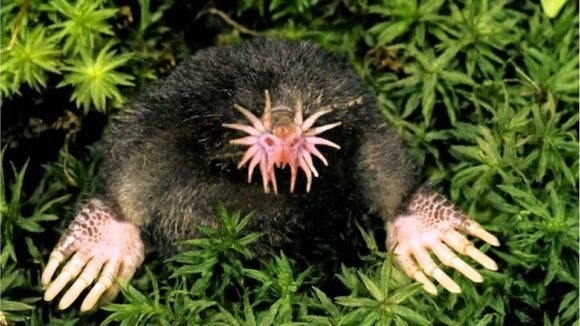Watching Carey Born’s Cyborg: A Documentary for New Scientist
Neil Harbisson grew up in Barcelona and studied music composition at Dartington College of Arts in the UK. He lives with achromatism: he is unable to perceive colour of any kind. Not one to ignore a challenge, in 2003 Harbisson recruited product designer Adam Montandon to build him a head-mounted rig that would turn colours into musical notes that he could listen to through earphones. Now in his forties, Harbisson has evolved. The camera on its pencil-thin stalk and the sound generator are permanently fused to the back of his skull: he hears the colours around him through bone conduction.
If “hears” is quite the word: Watching Carey Born’s Cyborg: A Documentary, we occasionally catch Harbisson thinking seriously and intelligently about how the senses operate. He doesn’t hear colour so much as see it. His unconventional colour organ is startling to outsiders — what is that chap doing with an antenna springing out the back of his head? But Harbisson’s brain is long used to the antenna’s input, and treats it like any other visual information. Harbisson says he knew his experiment was a success when he started to dream in colour.
Body modification in art has a long history, albeit a rather vexed one. I can remember the Australian performance artist Stelarc hanging from flesh hooks, pronouncing on the obscolescence of the body. (My date did not go well.) Stelarc doesn’t do that sort of thing any more. Next year he celebrates his eightieth birthday. You can declare victory over the flesh as much as you like: time gets the last laugh.
The way Harbisson has hacked his own perceptions leaves him with very little to do but talk about his experiences. He can’t really demonstrate them the way his partner Moon Ribos can. The dancer-choreographer has had an internet-enabled vibrating doo-dad fitted in her left arm which, when she’s dancing, tells her when and how vigorously to respond to earthquakes.
Harbisson meanwhile is stuck in radio studios and behind lecterns explaining what it’s like to have a friends send the colours of Australian sunset to the back of his skull — to which a radio talk-show guest objects: Wouldn’t receiving a postcard of an Australian sunset amount to the same thing?
Born’s uncritical approach to her subject never really digs in to this perfectly sensible question — and this is a pity. Harbisson says he has weathered months-long headaches and episodes of depression in an effort to extend his senses, but all outsiders ever care about is the tech, and what it can do.
One recent wheeze from Harbisson and his collaborators is a headband that tells you the time by heating spots on your skull. Obviously a watch offers a more accurate measure. Less obviously, the headband is supposed to create a new sense in the wearer: an embodied, pre-conscious awareness of solar-planetary motion. The technology is fun, but what really matters is what new senses may be out there for us to enjoy.
I find it slighly irksome to be having to explain Harbisson’s work, since Harbisson hardly bothers. The lecture, the talk-show, the panel and the photoshoot are his gallery and stage, and for over twenty years now, the man with the stalk coming out of his head has been giving his audience what they have come to expect: a ringing endorsement of transhumanism, the philosophy that would have us treat our bodies as so much malleable meat. In 2010 he co-founded the Cyborg Foundation to defend cyborg rights. In 2017, he co-founded the Transpecies Society to give a voice to people with non-human identities. It’s all very idealistic and also quite endearingly old-fashioned in its otherworldliness — as though the plasticity or otherwise of the body were not already a burning social issue, and staple ordnance in today’s culture wars.
I wish Born had gone to the bother of challenging her subject. Penetrate their shell of schooled narcissism and you occasionally find that conceptual artists have something to say.



